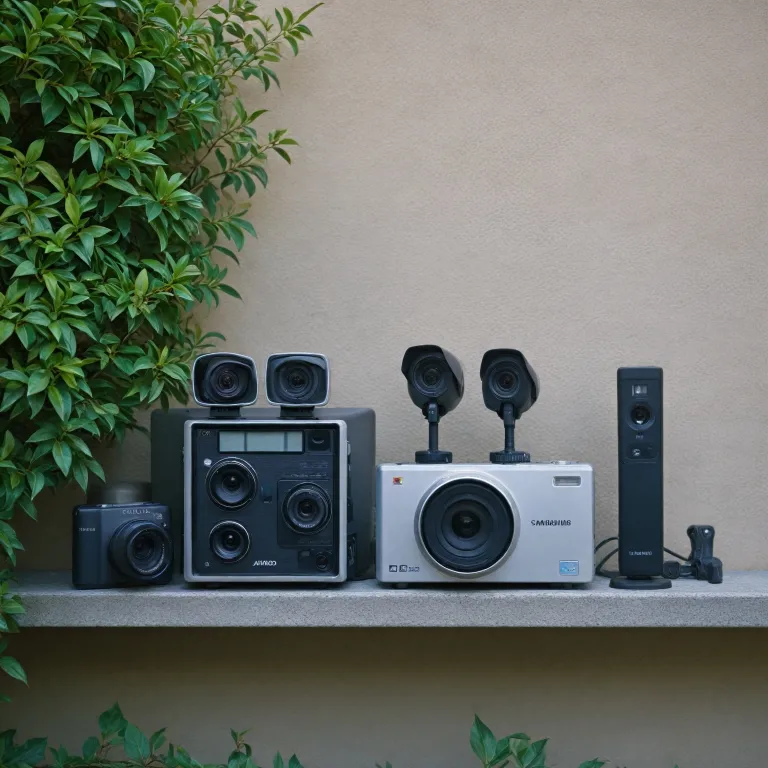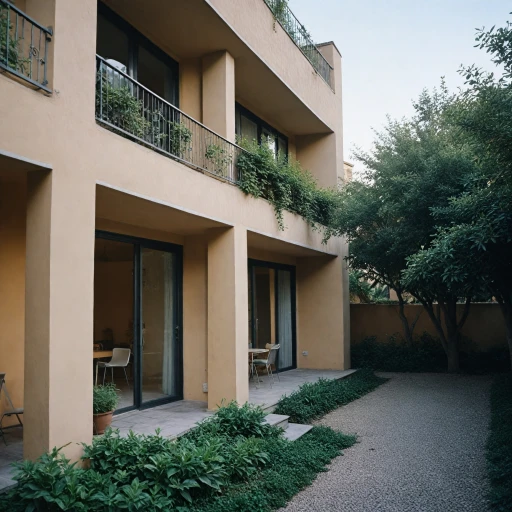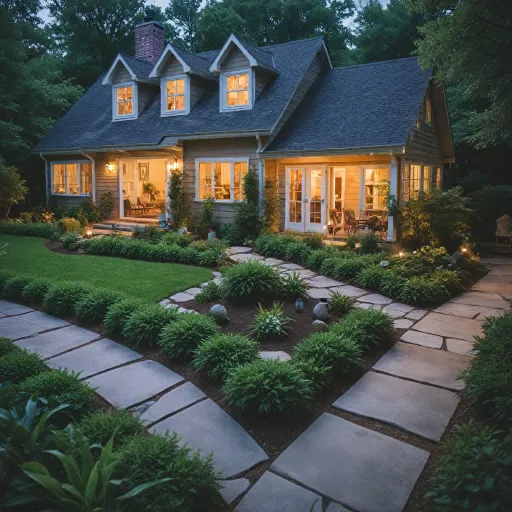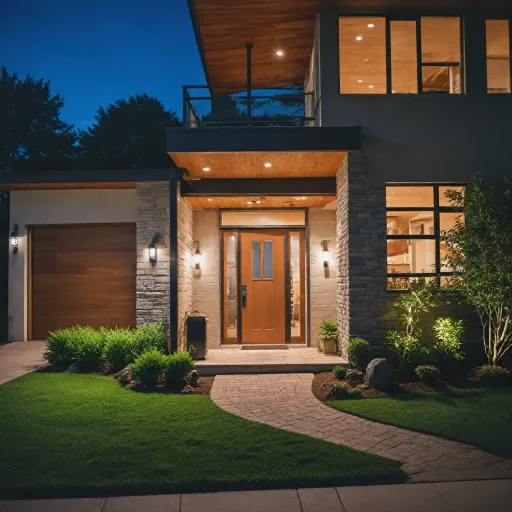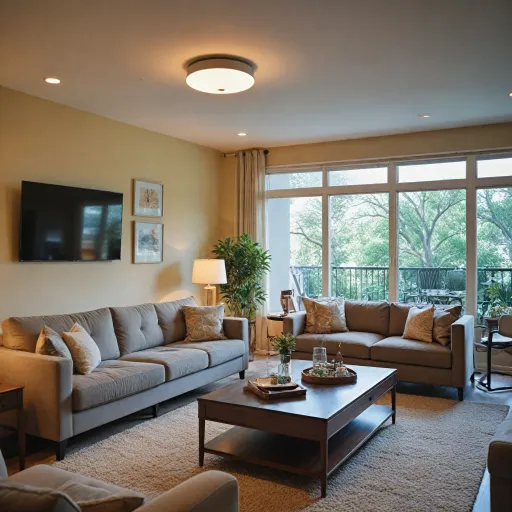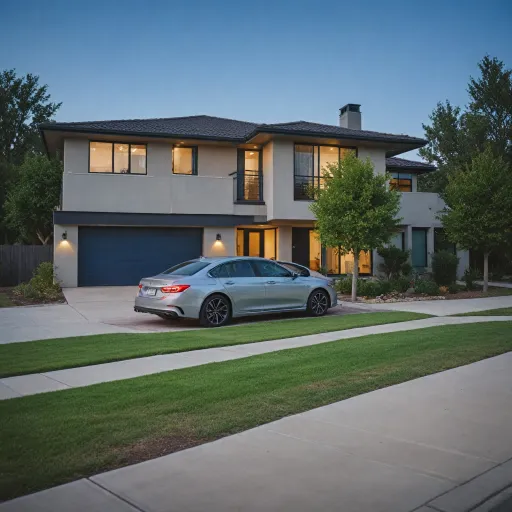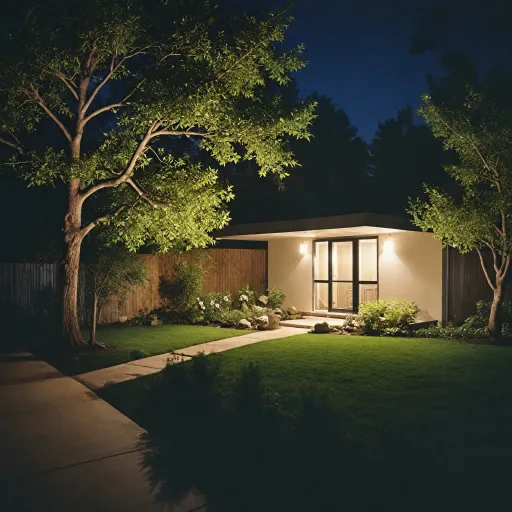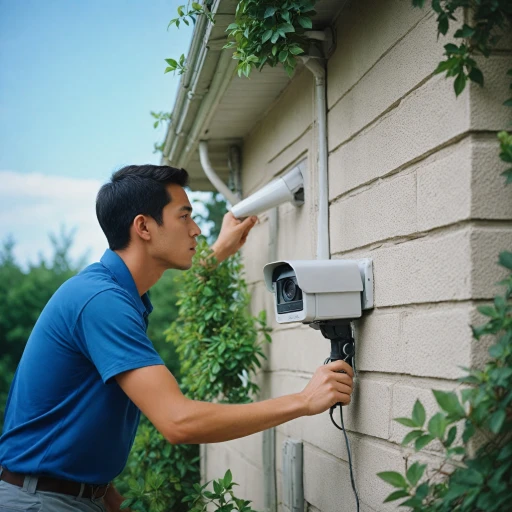
Understanding AHD DVR Technology
Decoding AHD DVR Technology
In the realm of home security, AHD DVR technology stands out as a reliable and efficient choice for homeowners. AHD, or Analog High Definition, is a video surveillance standard that bridges the gap between traditional analog CCTV systems and modern digital solutions. It offers high-definition video quality without the need for complex digital setups, making it an attractive option for those looking to enhance their home security.
The core of an AHD DVR system is the DVR itself, which acts as the central hub for recording and managing video feeds from multiple cameras. These systems typically support various channels, allowing you to connect multiple cameras to a single DVR. This is particularly beneficial for comprehensive surveillance coverage, as you can monitor different areas of your property simultaneously.
One of the key advantages of AHD technology is its compatibility with existing analog CCTV infrastructure. This means you can upgrade your security system to high-definition video without replacing all your existing cameras and cabling. AHD DVRs use BNC cables, which are common in analog setups, ensuring a seamless transition to enhanced video quality.
Moreover, AHD DVR systems are known for their ease of installation and user-friendly interface. They often come with features like motion detection, remote viewing, and video playback, providing a robust security solution for any home. The video recorder in these systems can store footage on a hard drive, allowing for easy access and review of recorded events.
For those interested in exploring the benefits of a smoke detector with a hidden camera, understanding the importance of integrating different security technologies can provide valuable insights into creating a comprehensive security strategy.
Benefits of an 8-Camera Kit for Home Security
Expanding Your Surveillance Coverage with Multiple Cameras
An 8-camera kit significantly boosts your home security by offering comprehensive coverage, minimizing blind spots, and allowing you to monitor various areas of your property simultaneously. Whether your goal is to oversee entry points like doors and windows, or keep an eye on expansive outdoor spaces like backyards or driveways, having multiple cameras ensures that you are not overlooking any crucial areas.High-Quality Video Footage
The 8-camera kit incorporates advanced AHD technology, which competes with industry standards, delivering video footage with superior clarity and resolution. Typically, AHD systems can seamlessly handle video quality up to 1080p, giving you crisp and detailed images, critical for identifying potential security concerns. With the ability to record and store high-definition footage, these systems make playback and review of significant events much more efficient.Flexible and Scalable Security Solutions
An AHD DVR 8-camera kit allows for flexibility in installing different types of cameras, such as bullet cameras for focused surveillance or pan-tilt models for broader coverage. Many systems support various camera types, including tvi ahd and analog cctv, making it easier to integrate existing components with new setups. Such adaptability ensures that you can customize the system to fit your specific security needs while potentially expanding your setup in the future.Convenient Integration with Existing Systems
The 8-channel DVRs featured in these kits smoothly integrate with existing security camera frameworks, utilizing bnc cable connections for enhanced compatibility and reliability. Most kits come with the provisions for easy expansion, allowing additional cameras to be added as needed. This means you can cover all crucial areas of your property without needing completely new installations, which can be costly and time-consuming.Seamless Monitoring and Notification Features
Using the latest DVR technology in these systems means that homeowners can manage their surveillance setups from a centralized control panel. Many DVRs now offer connectivity options that supervise your system remotely, providing notifications directly to your smart device in case of any unusual activity. This level of oversight ensures a response can be prompt and effective. For a more detailed understanding of these surveillance advancements, read our in-depth look at barn owl security cameras which delve further into modern security camera technology and setups.Installation Tips for AHD DVR Camera Kits
Setting Up Your AHD DVR Camera System
When it comes to enhancing your home security with an AHD DVR 8-camera kit, installation is a crucial step that ensures your surveillance system operates efficiently. Here's a step-by-step guide to get your security cameras up and running effectively:- Gather Your Tools and Equipment
- Planning Camera Placement
- Mounting the Cameras
- Connecting the DVR
- Setting Up the Recorder
- Testing the System
Comparing AHD DVR with Other Security Systems
Unraveling the Differences: AHD DVR vs. Other Systems
When investing in a security camera system, it's crucial to understand how AHD DVR compares with other surveillance systems. Here's a breakdown to help guide your decision. AHD DVR and its Advantages:- AHD (Analog High Definition) technology supports high-resolution video, offering clearer images than traditional analog CCTV systems.
- The AHD DVR channel system supports both AHD cameras and older analog formats, providing compatibility with existing equipment, including BNC cables and analog CCTV.
- Compared to IP cameras, AHD DVR systems are typically less expensive, making them an appealing option for budget-conscious homeowners.
- Many setups can offer free shipping and are easy to configure with BNC connections.
- While IP systems offer increased flexibility with features like Power over Ethernet (PoE), AHD systems are straightforward with no need for extensive cabling or networking expertise.
- IP systems usually require more sophisticated network infrastructure and can be more vulnerable to network security threats compared to the dedicated lines of BNC/CCTV.
- TVI (Transport Video Interface) and CVI (Composite Video Interface) are other technologies delivering HD video over coaxial cables, similar to AHD.
- All share many similarities in terms of video transmission over analog but may differ in compatibility; AHD DVR is often more flexible with backward compatibility.
- Systems combining bullet cameras and pan-tilt models can be adjusted to cover different vantage points.
- AHD DVRs offer channels that can expand the system, allowing more cameras to be added for extensive property coverage.
Maintaining Your AHD DVR Camera System
Ensuring Optimal Performance of Your Surveillance Setup
Regular maintenance is crucial to ensure that your AHD DVR camera system provides reliable security. These systems, known for their ability to deliver high-resolution video over analog connections, require specific attention to maintain their performance over time.- Check Connections: Ensure that all BNC cables are firmly connected to the cameras and the channel DVR to prevent any disruptions in video surveillance feeds. Loose or damaged connexions can result in loss of video footage.
- Inspect Camera Lenses: Periodically cleaning the camera lenses prevents dust and debris from obscuring the view. Use a soft cloth or a lens cleaning solution to maintain clarity.
- Monitor Recording Equipment: Regularly inspect the DVR and ensure it has enough storage space on the hard drive. If necessary, transfer older footage and maintain ample space for new recordings.
- Firmware Updates: Keep the DVR's firmware updated to enhance performance and security features. Manufacturers occasionally release updates to improve functionality and address vulnerabilities.
- Evaluate System Coverage: As your home layout or security needs change, reassess the placement of bullet cameras, dome cameras, or pan tilt models to ensure comprehensive coverage.
- Test Power Supplies: Confirm that power supplies and connections are stable. Unexpected power failures can compromise the surveillance system's performance, so a backup power plan is advised.
- Network Monitoring: If your system integrates with other security measures, like cameras compatible with NDAA compliant protocols, ensure the network is secure and regularly check for latency that might affect the video feeds.
- Regular Testing: Conduct regular tests to ensure all components, including tvi cvi, analog cctv cameras, and the DVR system itself, are functioning seamlessly. This is vital for detecting any issues that could undermine the security system.

